On-Demand CNC Machining Services
Get tight-tolerance CNC parts without the runaround — no minimums, expert manufacturing advice, rigorous quality standards.
AS9100, ISO 9001:2015, and ITAR registered.
Is CNC Machining Right for Your Part?
How CNC Machining Works
CNC machining uses computer-controlled tools (mills, lathes, multi-axis platforms) to remove material from metal or plastic stock. Because parts are cut from solid, you get inherent material properties, repeatable tight tolerances, and excellent surface finishes—ideal when performance and precision matter. At A3D, recommendations are application-first and process-agnostic—we’ll point you to CNC, additive, or hybrid depending on the best fit.
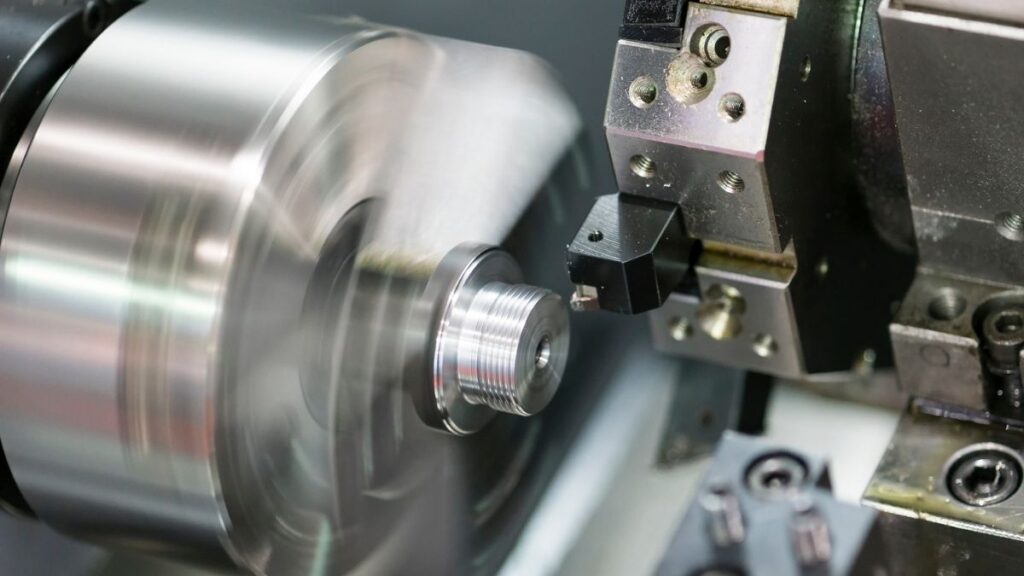
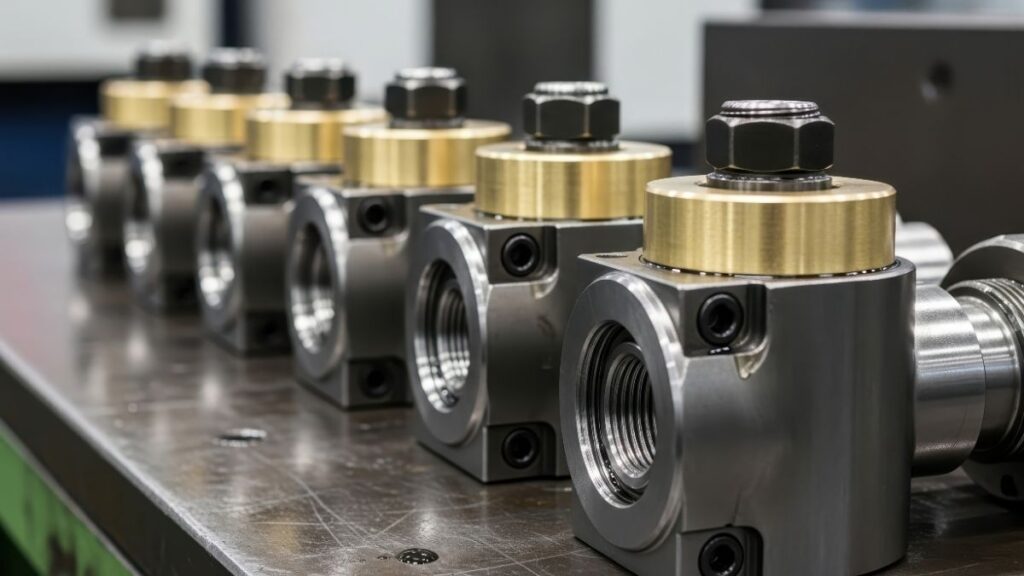
What Is CNC Machining Ideal For?
- Functional prototypes that must behave like end-use metals or
engineering-grade plastics - Tight-tolerance components (like bearing fits, sealing interfaces,
and precision enclosures) - Low- to mid-volume production when hard tooling isn’t justified
- Complex geometries requiring multi-axis strategies, threads,
pockets, and datum-driven GD&T - Regulated programs that need traceability, FAIR/AS9102, and
final QA (no blind drop-ship)
Common CNC Applications
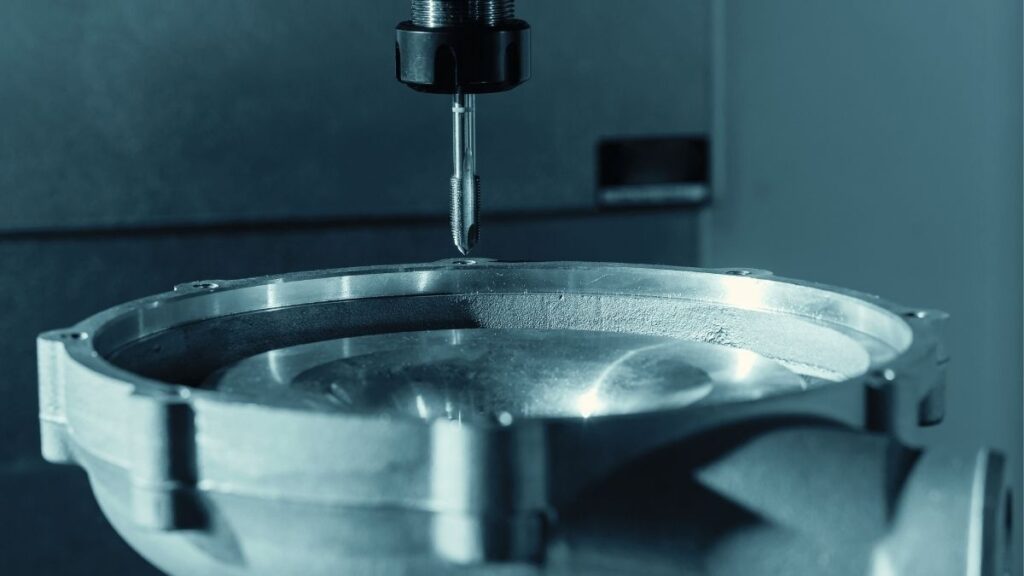
Precision Housings & Manifolds
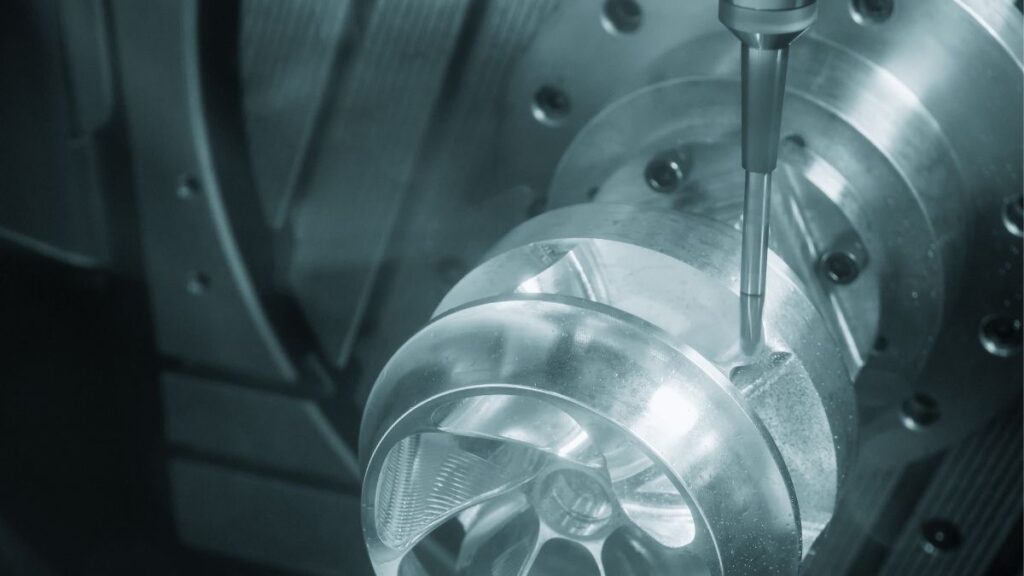
Test Fixtures, Shafts, & Impellers
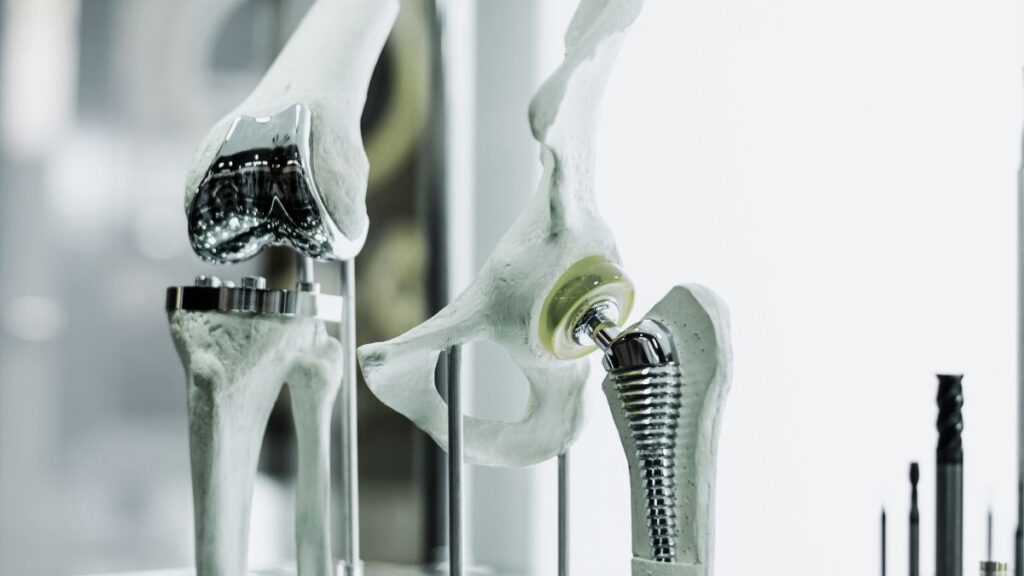
Surgical Jigs
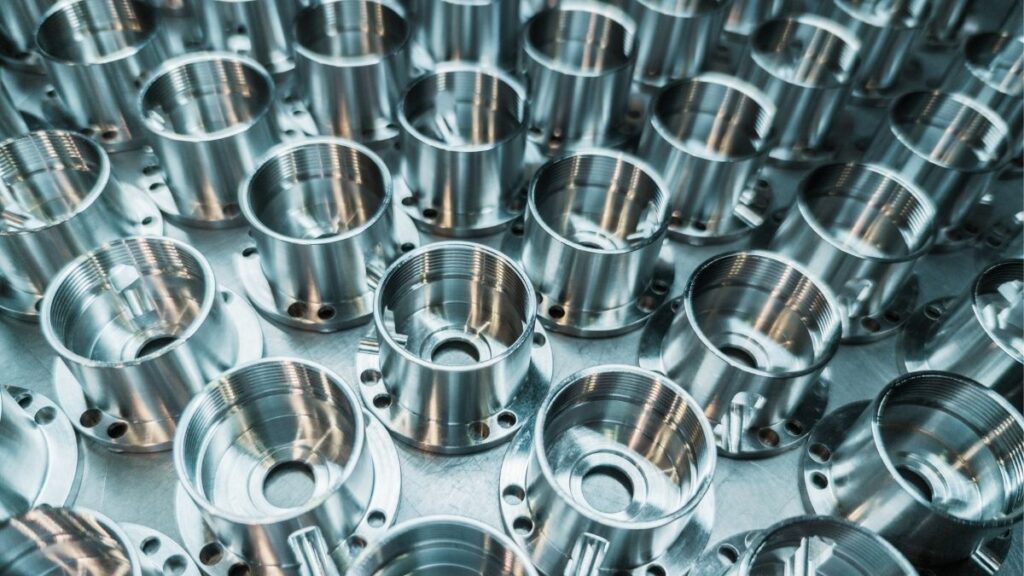
Aerospace Brackets
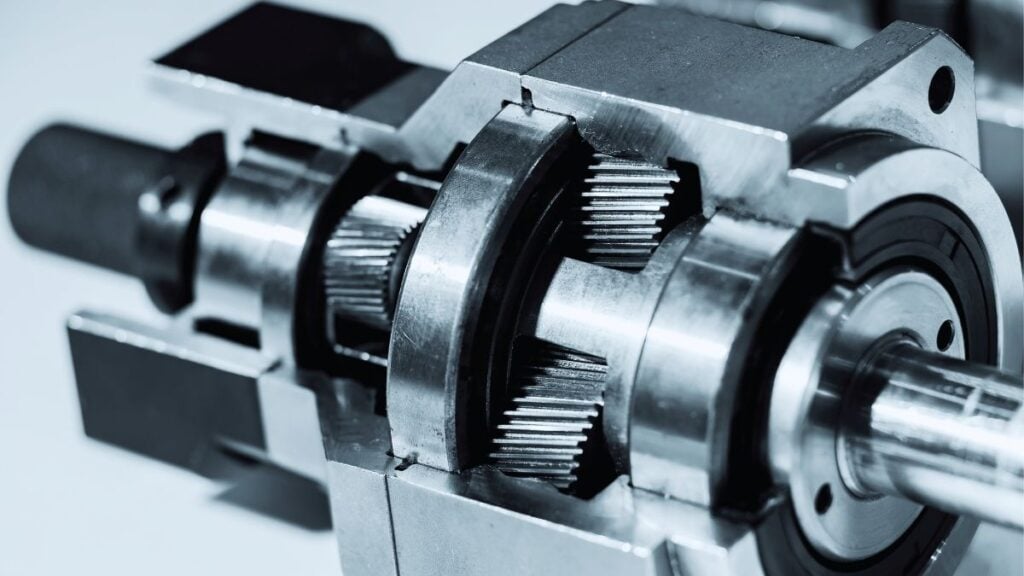
Drivetrain Components

Robotics Gearboxes
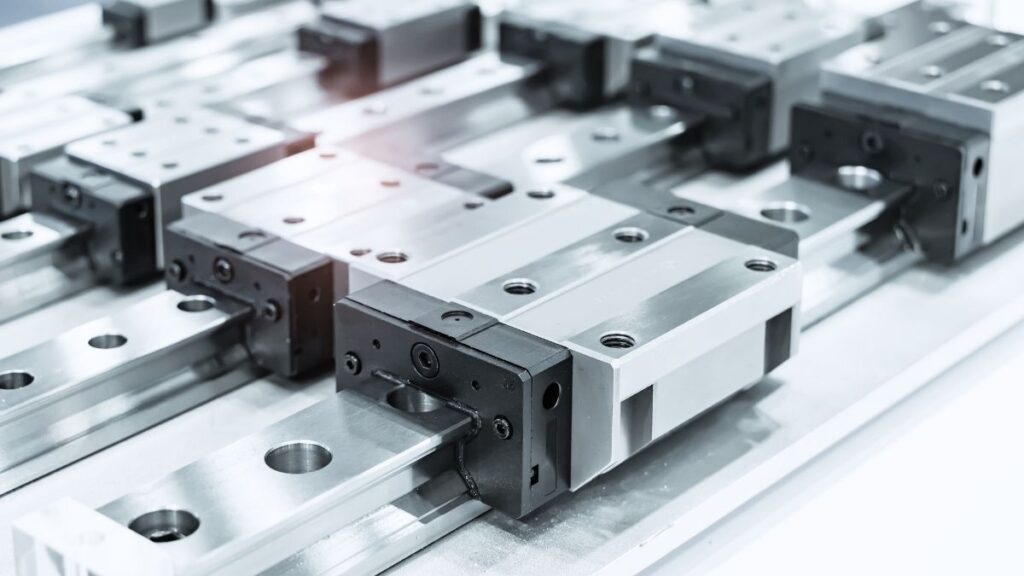
Regulated Sub-Assemblies
At a Glance: Advantages vs. Other Processes
If another process is a better fit for cost, weight, or timeline, we’ll
recommend it. You can rely on one partner from prototype to
production with hybrid, additive, and traditional capabilities.
- Tightest practical tolerances and true datums (great for tight-tolerance machining)
- Exotic materials (heat-trained steels and stainless steels,
6061-T651, titanium, and PEEK) - Finish control (machined, bead-blast, anodize, chem film, and
passivation) - Flexibility without tooling (iterate fast and change features
between builds) - Documentation and trust (FAIR/AS9102, CMM reports, and
final inspection for predictable outcomes)
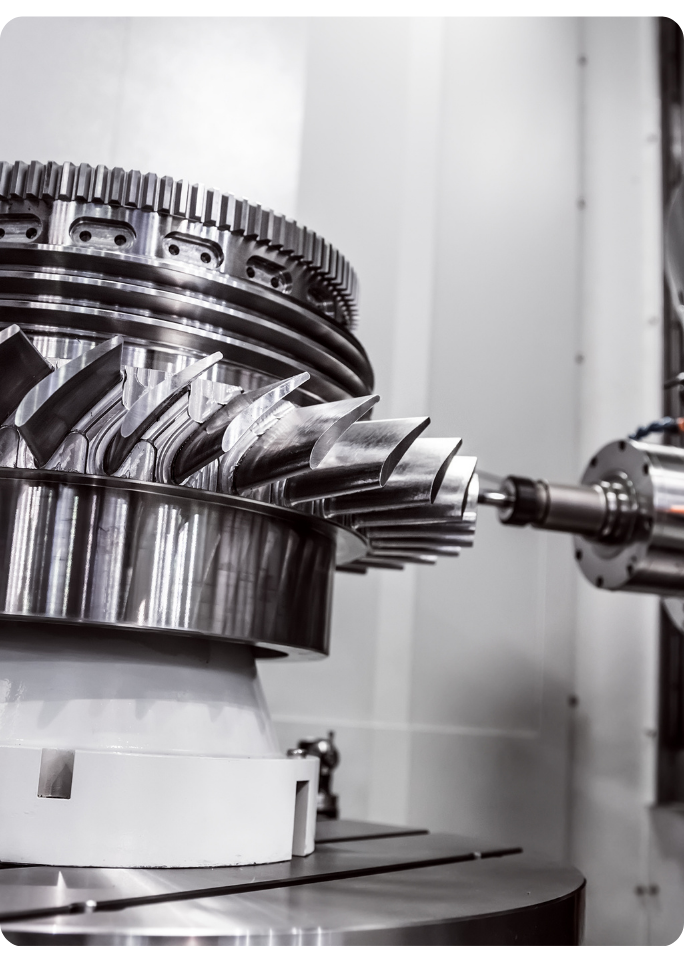
Our Capabilities & Technical Specifications
Milling & Multi-Axis
- 3-axis, 4-axis, and 5-axis (indexed and simultaneous)
- High-speed and hard-metal machining
- Custom fixtures or soft jaws
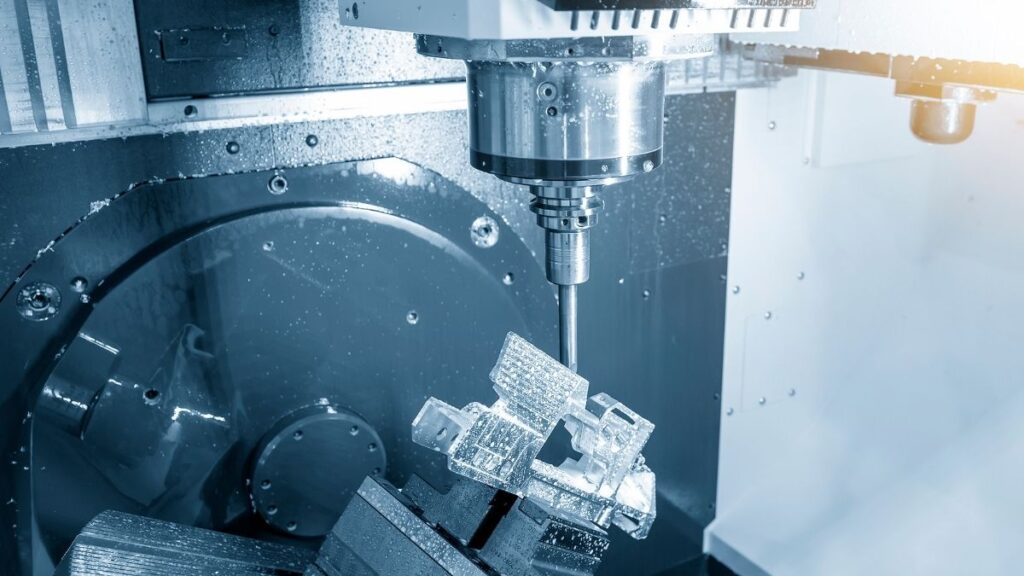
Turning & Mill-Turn
- 2-axis and multi-axis lathes with live tooling
- Y-axis, sub-spindle, bar feed, and chucking
- Swiss-type for ultra-small precision parts
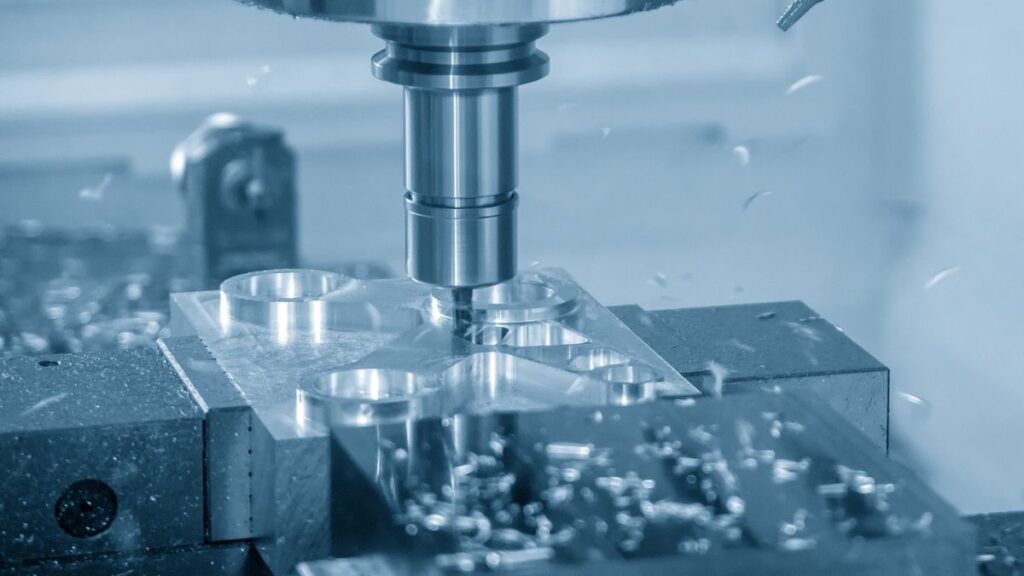
EDM, Grinding, & Specialty
- Wire/sinker/hole-pop EDM
- Surface and cylindrical grinding, and lapping
- Broaching
- Deep-hole drilling
- Reaming and tapping
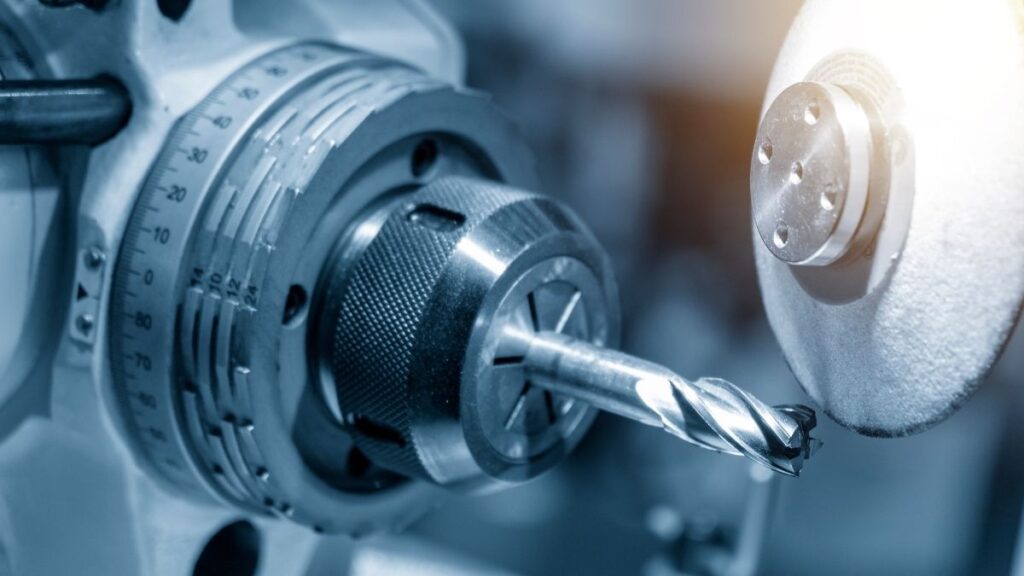
Cutting & Secondary Processes
- Laser or water jet (as needed)
- Deburr, bead blast, tumble, part marking, assembly, and knitting
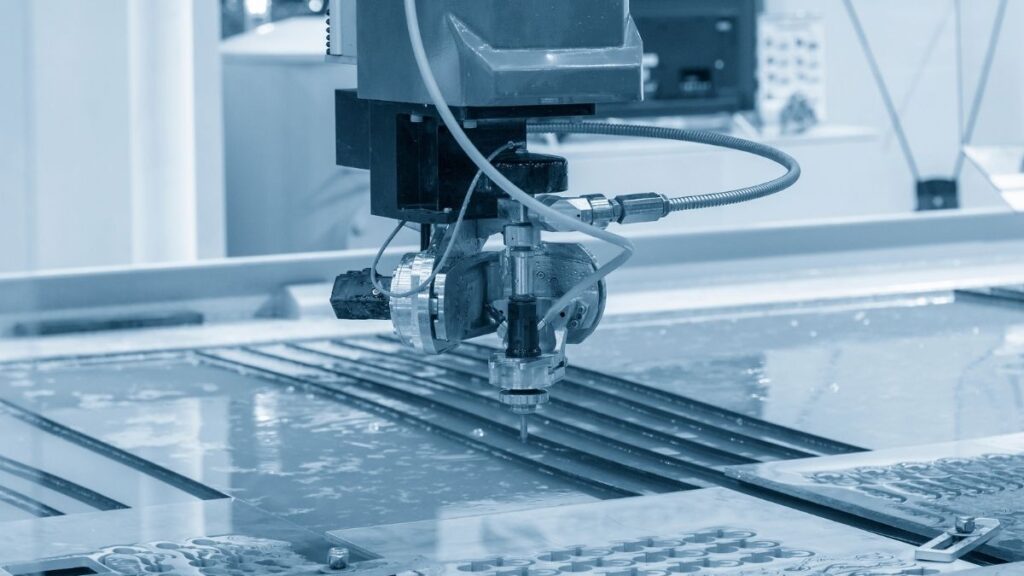
Typical Tolerances & GD&T
- Standard: to ±0.005 in (0.127 mm)
- Tight-tolerance machining: ±0.0005 in (12.7 μm) on request (material or geometry dependent)
- GD&T per drawing and UNC/UNF/ISO metric threads
- Inspection: CMM/vision; FAIR/AS9102, PPAP, CPK, Capabilities Study on request
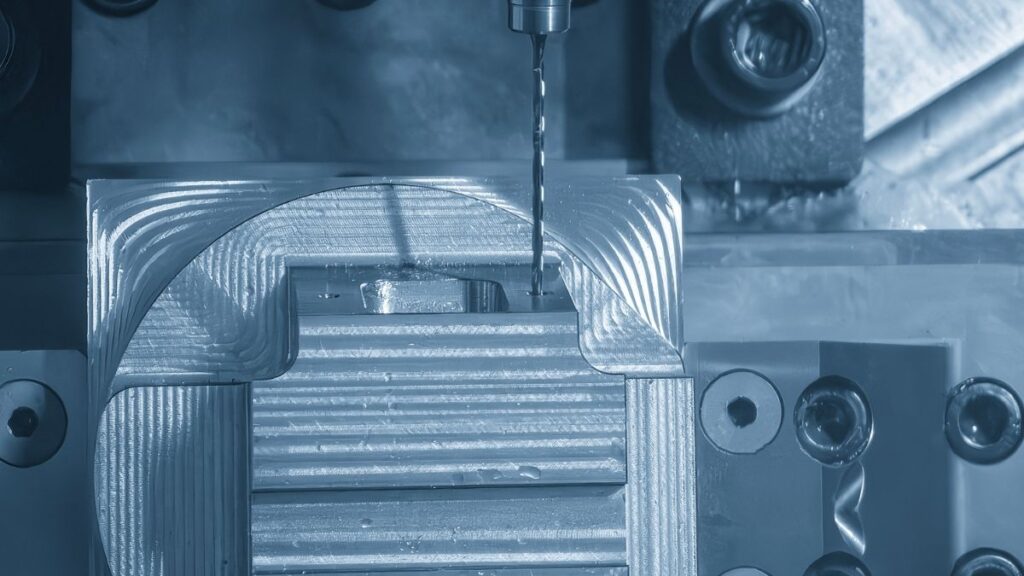
Materials We Offer
Metals
6061/7075/2024/7050 Al
303/304/316/17-4PH SS
1018/4140/4340 steels
Tool steels (A2/D2/O1/S7/H13)
Ti-6Al-4V, Inconel 625/718
Copper, brass, bronze
Magnesium and zinc (on request)
Plastics
Acetal/Delrin (POM)
Nylon (PA)
PEEK
PEI (Ultem)
PTFE
ABS
PC
PMMA
PVC
HDPE
UHMW
G10/FR-4
PPS
PPSU
Finishes & Treatments
Andodize Type II/III (hardcoat)
Chem Film/Chromate
Passivation
Zinc/Tin/Silver/Gold (select apps)
Black Oxide
Powder Coat & Paint
Bead Blast
Laser marking & serialization
Cleanroom packing (as needed)
Heat Treat (solution/aging, quench/temper, case hardening, nitriding)
Quality & Compliance
AS9100 • ISO 9001:2015 • ITAR Registered
We apply rigorous certification standards to every project, ensuring you receive the highest quality products on time, everytime. You can expect your parts to route through A3D headquarters in Phoenix, Arizona, for final QA – no blind dropshipping – so you get predictable outcomes with documentation when needed.
Why this matters to you
- Engineers: tighter control, fewer surprises, faster validation
- Startups: scalable production without new vendor risk
- Supply Chain: traceability, documentation, and consistent delivery from a single accountable partner
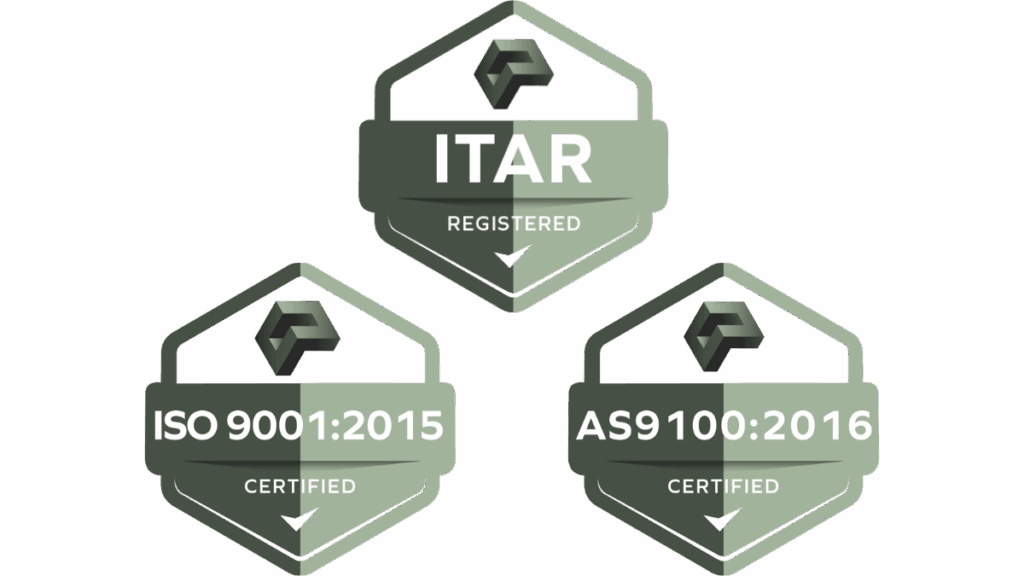
Common CNC Machining FAQs
We break down our design guidelines into four main categories below:
- Number of Operations: The location and accessibility of a part’s features will dictate how many setups or
operations are required. Parts with multiple setups may suffer a small tolerance loss between features.
Multiple operations can also affect a project’s cost and lead time. - Reach vs. Width: Long, thin cutters deflect and break. When reaching into a deep pocket, keep the radius
large to accommodate a thicker, more robust cutter. - Internal Stresses: Residual internal stresses in the workpiece, coupled with elevated temperatures
involved in the cutting operation, can cause parts to deflect. This effect is exacerbated when a large
amount of material is being removed from a thin, flat workpiece. - Radii & Tool Access: Rotating cutting tools are essentially cylinders, meaning that internal vertical corners
need a radius, if only a small one. If the cutting tool is unable to reach a feature, it cannot be CNC
machined. Careful tool selection can reach some mild undercuts, but as a general rule, all features should
be in line-of-sight. This effect is exacerbated when a large amount of material is being removed from a
thin, flat workpiece
Due to this process, some visible tool marks may be seen.
If additional finishing is required, please note in your drawings and in your request for quote.
Our finish options are anodized, bead blast, chem film, passivation, and powder coat.
We hold standard to ±0.005” and tight-tolerance machining down to ±0.0005” depending on material or
geometry
Our standard lead time is 14-20 days. We also offer expedited options by request.
Yes, we have AS9100, ISO 9001:2015, and ITAR registered certifications.
Every supplier is vetted and tiered. No blind drop-ship orders and parts are routed through our A3D
Manufacturing headquarters in Phoenix, AZ for final QA.
No minimums. We build 1-1,000+ parts with the same attention to detail, so you can scale how you want and
when you want.
Just simply upload STEP/IGES/Parasolid/SOLIDWORKS type files to request an instant quote.
Every CNC project is reviewed by our manufacturing experts to offer the highest level of review and accuracy
to discuss DFM strategies, process selection, and risk flags